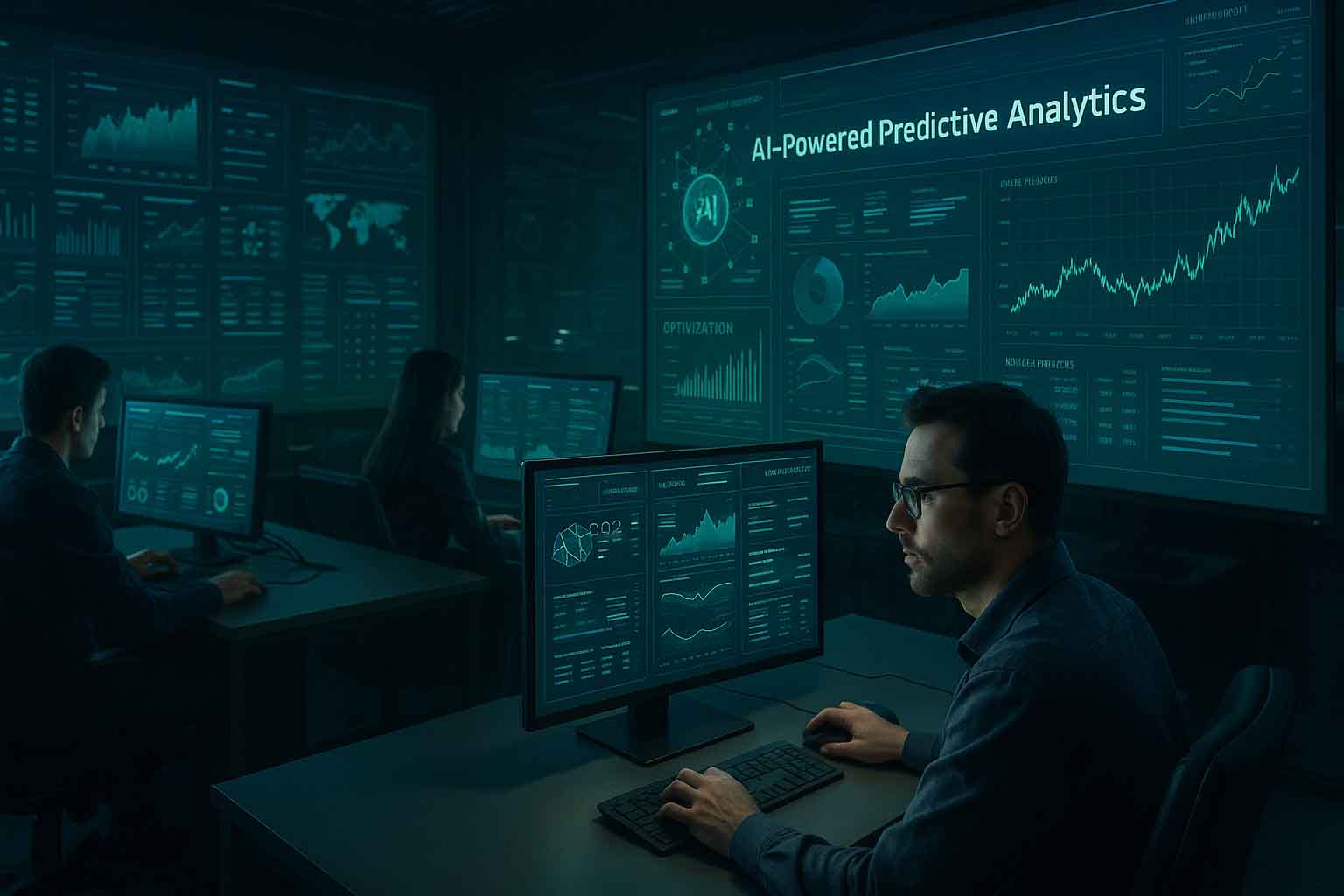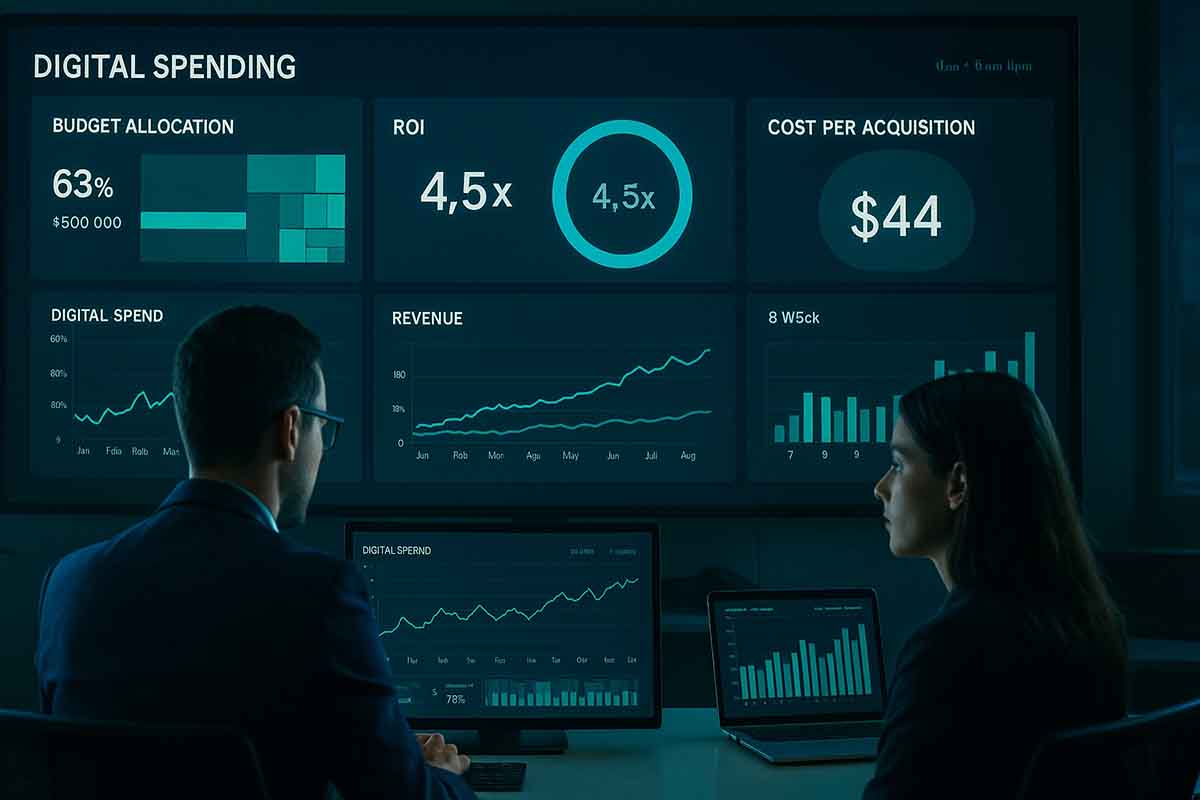
The Role of AI in Shaping Modern Business Models
Artificial intelligence is no longer a novelty in global commerce. It now stands as a core driver behind business transformation across industries. From logistics to product design, AI is changing how companies generate value, engage with customers, and deliver solutions. Around the world, businesses—whether well-established or just starting out—are gradually shifting from traditional structures to data-driven, adaptive frameworks guided by machine learning.
Key Observations
- AI creates new revenue streams through subscription services, predictive maintenance, and data monetization.
- It accelerates automation, reducing costs, boosting speed, and expanding operational reach.
- Hyper-personalized experiences improve customer loyalty and long-term value.
Why AI Has Become Central to Business Transformation
Operational excellence is no longer enough. Businesses now compete on how fast they can analyze data and make accurate predictions. With proper training, a machine learning model can examine millions of entries in seconds—a task that once took human teams weeks. Decision-making once based on instinct now draws from real-time insights.
In Europe, airlines rely on AI to forecast route demand, leading to improved occupancy and reduced emissions. In retail, global shoe manufacturers use AI-powered design tools to generate concepts based on customer discussions from social platforms. This has shortened the timeline from concept to prototype by more than 40%.
New Revenue Pathways
Two major trends are taking shape. First, a shift from selling physical goods to offering digital capabilities via software. Second, building ecosystems where data itself becomes the main asset.
A German machinery manufacturer once sold equipment outright. With predictive analytics and sensor integration, they now offer an “equipment-as-a-service” model. Clients pay based on hourly usage while experiencing minimal unplanned downtime. This structure has resulted in dependable recurring revenue and longer customer relationships.
Example: Subscription-Based Analytics
A Brazilian agritech firm offers farmers a subscription to an AI platform that uses satellite imagery to detect early signs of crop disease. Farmers spend less on pesticides and get higher yields. Meanwhile, the company earns through monthly payments rather than single-purchase software licenses. This approach is spreading to telecom, construction, and healthcare sectors.
Efficiency and Cost Restructuring
Automation is reshaping cost models. Companies are moving beyond labor outsourcing to invest in robotic process automation (RPA) and natural language processing. The results include fewer errors, faster task cycles, and redeployment of workers to more strategic roles.
One logistics company in North America launched a dynamic routing system powered by AI. Dispatchers previously mapped routes manually. Now, the system adjusts routes within seconds based on traffic, weather, and shifting demand. The outcome: 15% lower fuel consumption and a 99.3% on-time delivery rate, despite rising order volumes.
Personalization at Scale
Modern consumers have limited attention and countless choices. The edge lies in contextual, timely, and need-specific experiences. Real-time recommendation systems allow streaming platforms to suggest shows that match a viewer’s taste just seconds after they watch a trailer. This degree of personalization stabilizes churn rates and fosters brand loyalty that’s hard to replicate.
Common AI-Driven Business Model Structures
Though models vary, some patterns are appearing across sectors:
- Data-as-a-Service (DaaS) — Raw data transformed into actionable dashboards available via subscription for partners and vendors.
- Outcome-Based Pricing — Clients pay based on output quality, like each correctly tagged image, instead of flat contracts.
- AI-Augmented Services — Machines handle repetitive tasks while experts focus on decision-making and relationship-building.
Risk and Accountability
As algorithms grow more powerful, responsibility increases. The European Union is introducing laws to ensure fairness and transparency, while the U.S. is promoting voluntary frameworks for managing model risks. In areas with limited regulation, businesses should adopt self-governance by maintaining clear audit trails, testing for bias, and safeguarding personal data. Ignoring these measures risks not only fines but also market trust.
Linking AI and Sustainability
More corporations are committing to net-zero targets in their annual reports. Many are integrating AI to measure and cut carbon output. For instance, a South Korean steel company uses reinforcement learning to improve furnace timing and lower electricity use. In Scandinavia, energy grid operators rely on predictive maintenance to reduce CO2 from backup diesel systems.
Preparing for the Next Decade
By 2035, a London-based research group expects over 60% of leading firms to adopt an “AI-first” mindset. This doesn’t mean replacing people, but rather evolving roles—shifting from manual tasks to managing algorithms, designing datasets, and blending human creativity with machine precision.
To keep up, leadership must focus on three areas: tech readiness, openness to experimentation, and a clear ethical framework. Teams should include data scientists, product managers, legal counsel, and domain specialists. This approach protects project integrity, defines boundaries, and allows quick corrections when needed.
Collaboration Between SMEs and Large Corporations
AI isn’t exclusive to corporate giants. Small enterprises can apply it in tailored ways. A family-run coffee farm in Latin America uses an open-source tool to detect pests, while a multinational food group tests molecular models to develop new flavors. Both approaches are valid, differing only in scale.
Government and Academic Contributions
The responsibility extends beyond private firms. Finland’s government has launched a free online course to teach citizens the basics of AI, aiming to reach one million learners. Meanwhile, Canadian universities are working with startup incubators to create living labs where companies can test prototypes without large capital investments.
Safeguarding Employment
Concerns about job losses due to automation are widespread. Still, the World Economic Forum found that while 85 million roles may shift, 97 million new ones will be created. The solution lies in retraining. Employees with skills in data literacy, critical thinking, and algorithm collaboration will increase their value.
Adaptability as a Strategic Asset
Being adaptable is more than setting up defenses against threats. It’s about seizing opportunities quickly. This became evident when a major e-commerce company in Asia moved from large distribution centers to smaller AI-managed hubs. Their same-day delivery service expanded rapidly, forcing others in the market to follow suit.
Core Message
As data continues to shape economic priorities, AI remains central to business development. Companies that embrace responsible use—selecting the right data, building thoughtful algorithms—will stand out. Those that cling to outdated systems may find it harder to survive in fast-moving markets.
What matters most is applying innovation with purpose and ethical discipline. That’s the kind of growth that benefits both companies and the communities they serve.


No Comments